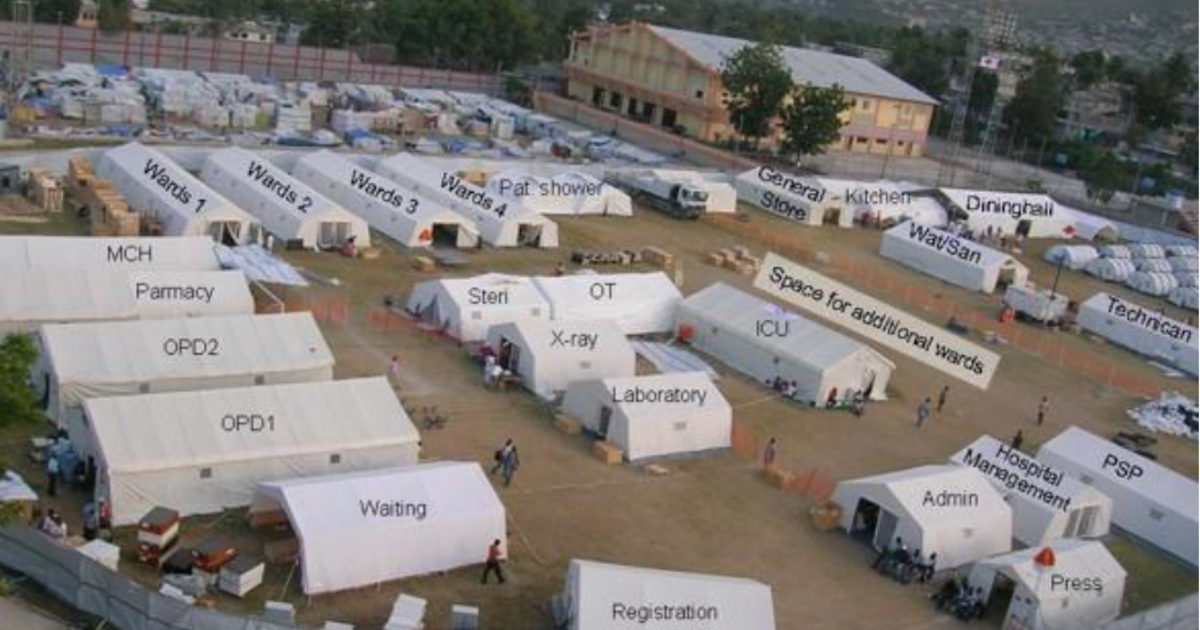Bakgrunn
Fullstendig teknisk rapport kan lastes ned fra menyen til høyre.
Background
The Norwegian Red Cross (NorCross) has the capacity to deploy field hospitals (Emergency Hospital/Response Unit – EH/ERU) within 72 hours anywhere in the world. The NorCross EH includes expert personnel, clinical services (e.g., operating theaters, maternal and newborn, emergency room), and public health services (e.g., disease and outbreak surveillance/management, psychosocial support and more) to respond to health needs in emergencies. Clean water, sanitation, hygiene shelter, safe waste management are prerequisites to health, and essential components to deliver health services at the hospital.
However, due to the urgent nature of the response, the applied solution and practices tend to not prioritize the impact to the environment:
“Humanitarian operations have a high risk of negatively impacting on the environment, the effects of which may be far reaching and long-lasting, affecting not only the physical environment but also the health, well-being and livelihoods of affected and host communities and increasing the risk for secondary or future disasters.” (UNEP/OCHA, 2014).
In 2022, EWB-volunteer Ingvild Wang developed a tool to calculate the carbon consumption of field hospitals. Read more about this assignment here.
The assignment
NorCross and EWB-N have collaborated on a study to map the emissions of the energy consumption of the EH for the main configurations of the EH (20, 40 and 60 beds), and across all the geographical areas around the world (latitudes and altitudes). Reducing the carbon footprint of emergency operations will contribute to the reduction of risk for future climate-related disasters. The result of this study is a report that covers:
- Mapping
- Recommendation for possible transition
To fully realize the benefits of these joint efforts of NorCross and EWB-N, it will be necessary to carry out pilot tests with the potential solutions in order to decide which is the best option, all aspects being considered.
If you want to read the complete technical report it can be downloaded from the menu to the right.


